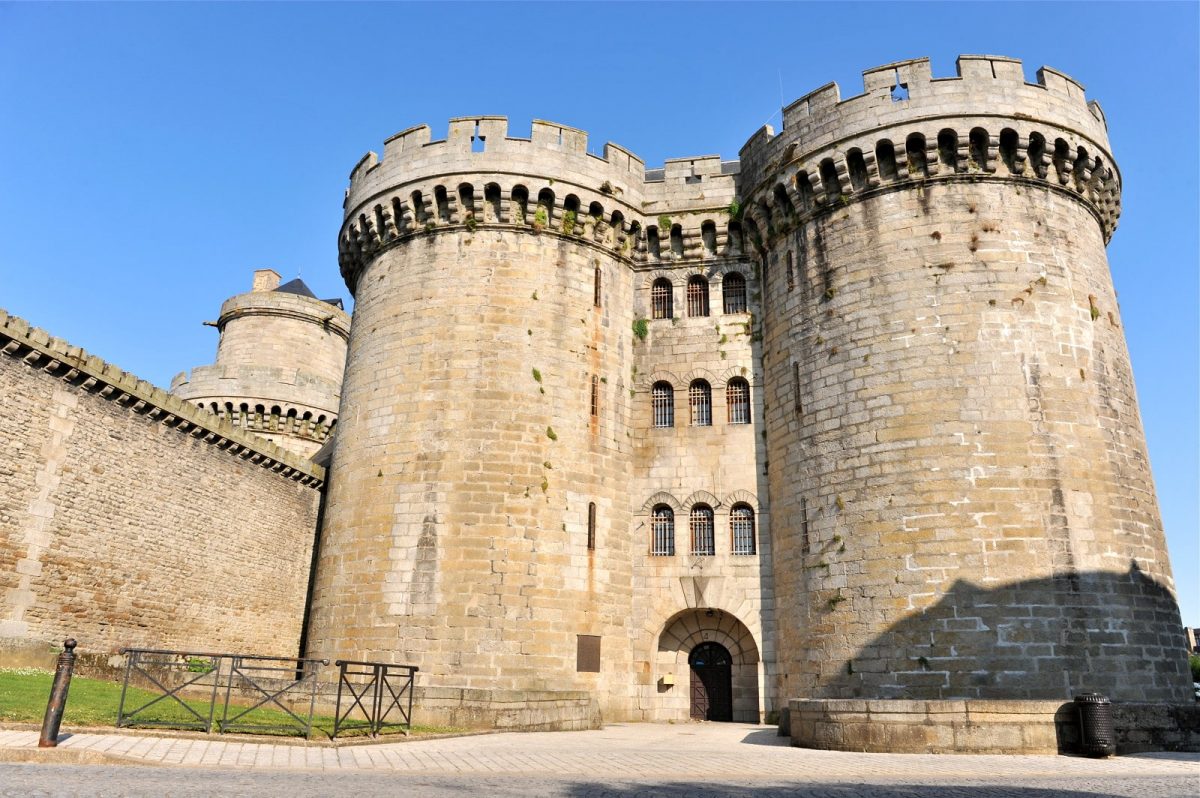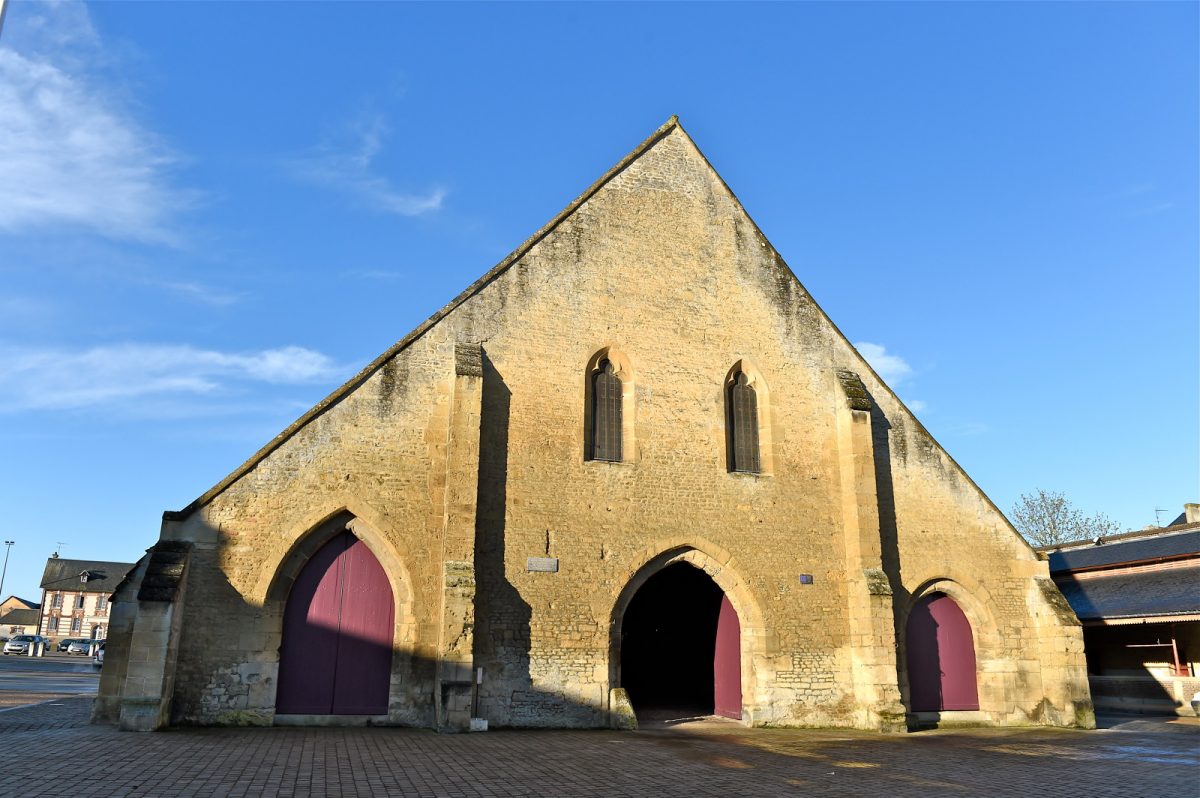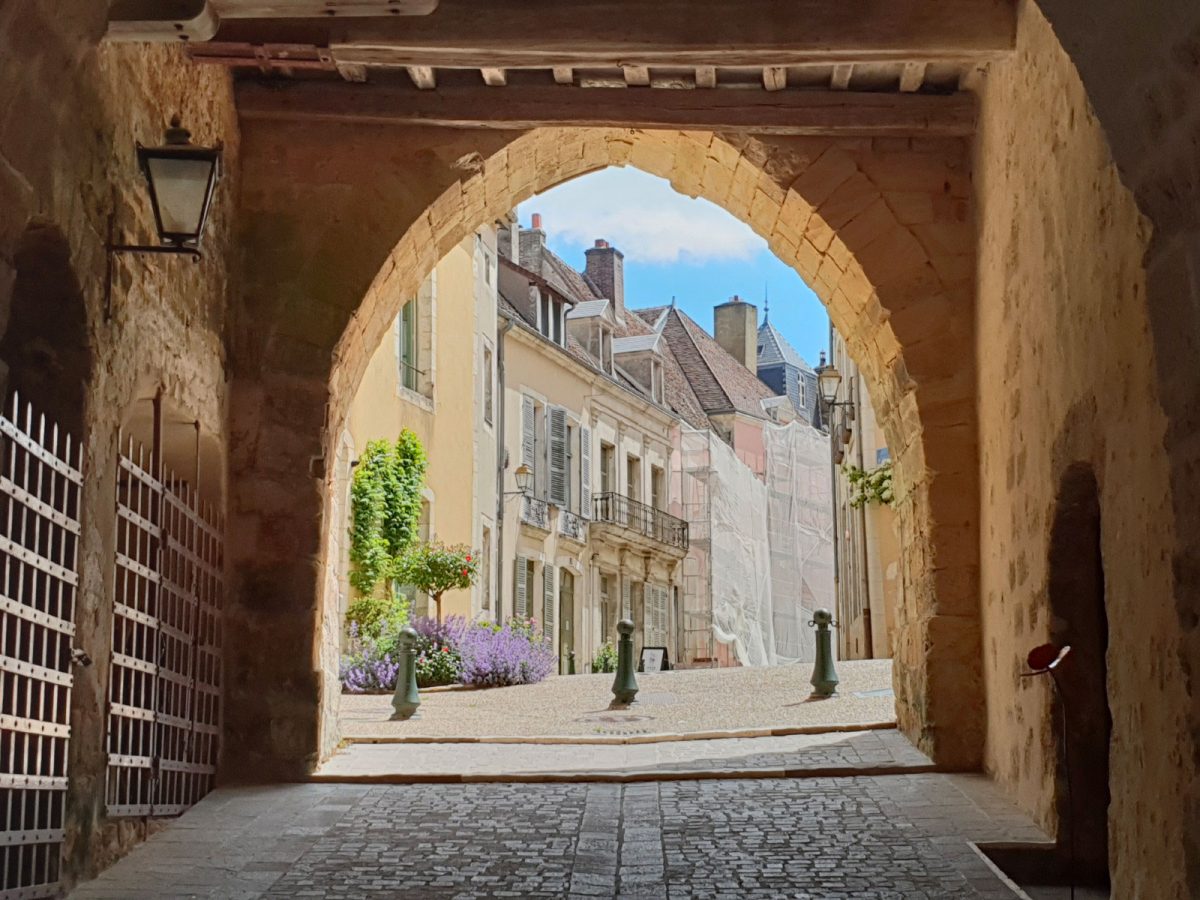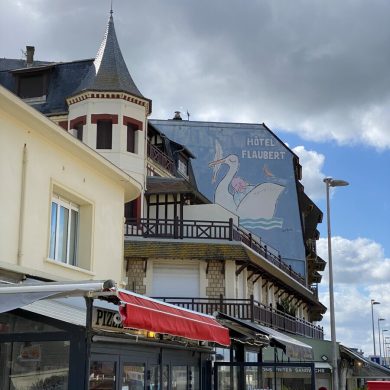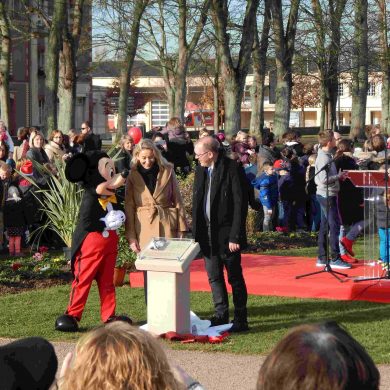Updated on 22 June 2022
Reading time: 6 minutes
You may well know that acclaimed Hollywood director Ridley Scott has just released his latest blockbuster, The Last Duel, a medieval tale of trial by combat starring Matt Damon, Adam Driver, Ben Affleck and Jodie Comer. But did you know that the film was set in Normandy? Here are some of the places where the real-life story of The Last Duel took place…
Château de Carrouges
Carrouges is the village after which Matt Damon’s character Jean de Carrouges is named, and its castle is most likely where his family seat would have been. Situated near what was the border between Normandy and France in the Middle Ages, the original Château de Carrouges was a castle in the fort sense of the word, serving a purely defensive purpose. After it was besieged and largely destroyed by the English during the Hundred Years’ War, it was rebuilt in the 15th century by Jean Blossett, the grandchild of Jean de Carrouges. Grander than its predecessor, combining characteristics typical of both a fort and a residence, the chateau has retained some of its original medieval features such as the keep, although further renovations mean that its style now mainly reflects the 16th and 17th centuries. Today, the Château de Carrouges is managed by the Centre des Monuments Nationaux and is open to the public all year round.
Alençon
Situated right next to what would have been the border between Normandy and France in the Middle Ages, Alençon was once the seat of the Counts of Alençon, of which Ben Affleck’s character Count Pierre was one. The Château des Ducs was built by Pierre II and survived until the 16th century, when everything was torn down except for the imposing castle entrance and dungeons. Adapted over the years, the castle has been used as an alms house, prison, Gestapo headquarters during WWII, and now forms part of a park that was opened to the public in 2019. Alençon also boasts other must-sees including the Basilica of Notre-Dame d’Alençon, listed monuments the Halle au Blé and the Halle aux Toiles, and the Fine Arts and Lace Museum, home to the UNESCO-listed Alençon lace.
Argentan
Widely considered at the time of The Last Duel to be an important town in Normandy, Argentan was where Count Pierre d’Alençon moved his court when his older brother Robert died, and where Jean de Carrouges and Jacques Le Gris hastened to win the new Count’s favour. Argentan’s medieval buildings suffered greatly at the hands of the Hundred Years’ War in the Middle Ages and the Battle of Normandy in 1944. Like Alençon, the town is particularly renowned for its lace making, which is still practised by the nuns at the Abbaye des Bénédictines and can be learned about at the Maison des Dentelles. Also worth a visit is the former Château des Ducs, now the Palais de la Justice, and the Tour Marguerite, the only one of Argentan’s 16 medieval defence towers to have survived, which affords great panoramic views of the town and surrounding countryside.
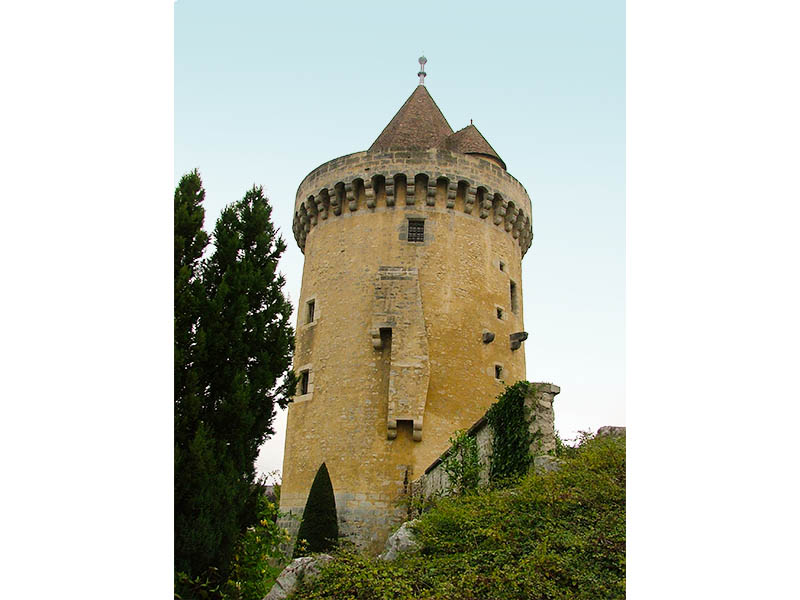
Château de Capomesnil
In January 1386, Jean de Carrouges headed to visit the King of France, leaving his wife with his mother at her small chateau in Capomesnil. *SPOILER ALERT* It was in this chateau that the brutal rape of Jodie Comer’s character Marguerite de Carrouges by Adam Driver’s character Jacques Le Gris took place. While the chateau no longer exists, having been demolished soon after the French Revolution, it is not unlike the many other small chateaus that still populate this part of Normandy. The spot where the chateau once stood is situated between the towns of Pont-l’Evêque, home to the eponymous cheese, the popular tourist attraction Calvados Experience, and Saint-Pierre-sur-Dives, home to a stunning medieval market hall and abbey, with Normandy’s one and only vineyard Les Arpents du Soleil just down the road.
Bellême
The Bellême family was influential across Normandy at the time of The Last Duel, and captaincy of the castle at Bellême had previously been held by Jean’s father, so it is hardly surprising that Jean de Carrouges was so bitter to have lost out on it to his once-friend, now-rival Jacques Le Gris. Set on a hill in what is now the Perche Regional Natural Park, Bellême is classed as a Petite Cité de Caractère® and is bursting with charm, with a market that’s been held in the same place every Thursday since the Middle Ages and an ancient crypt in the Chapel of Saint-Santin dating back to the 10th century. Parts of the original medieval ramparts and moat have also survived, alongside an original arched gateway leading onto the main town square. If history’s not your bag, there are also beautiful forest trails all around the town as well as a plethora of antiques shops to be perused.
Arnou-le-Faucon
In The Last Duel, this valuable estate upriver of Argentan was gifted to Jacques Le Gris by Count Pierre d’Alençon, which enraged Jean de Carrouges, who believed he had a legitimate claim to it through his marriage to Marguerite. These days, all that remains in the village of Arnou-le-Faucon from the Middle Ages is a fortified house with one large round tower known as the Tour aux Anglais. Whether or not this is what was fought over by Jean de Carrouges and Jacques Le Gris remains a mystery. One estate in the area we know to have been around at the time of The Last Duel, however, is the Chateau d’Ô just south of Arnou-le-Faucon, parts of which date back to the 11th century. The chateau is a private residence but opens its doors to visitors in the summer months. Also nearby is the Château de Sassy, home to both the popular Sassy Cider sold across the UK and the brand new Sassy Calvados, which will launch in the UK next month (November 2021).

For even more on the history behind The Last Duel, be sure to check out the thoroughly informative website, Normandy Then and Now.


